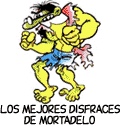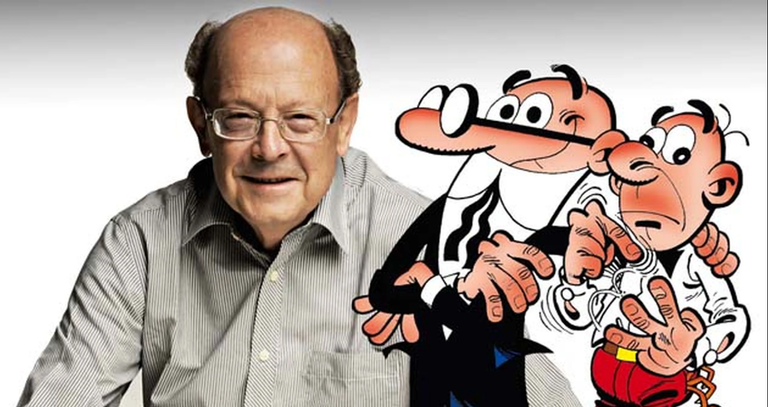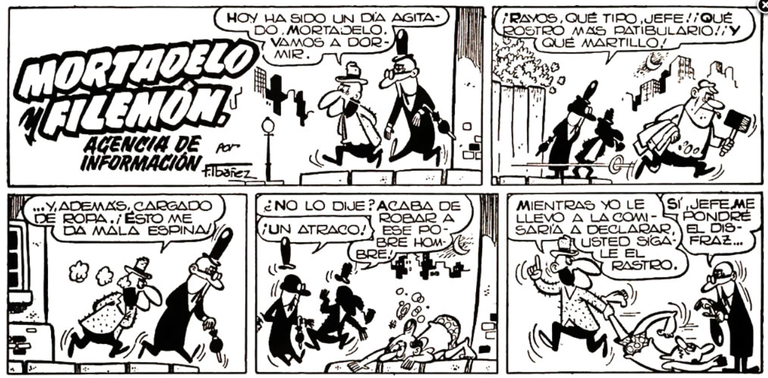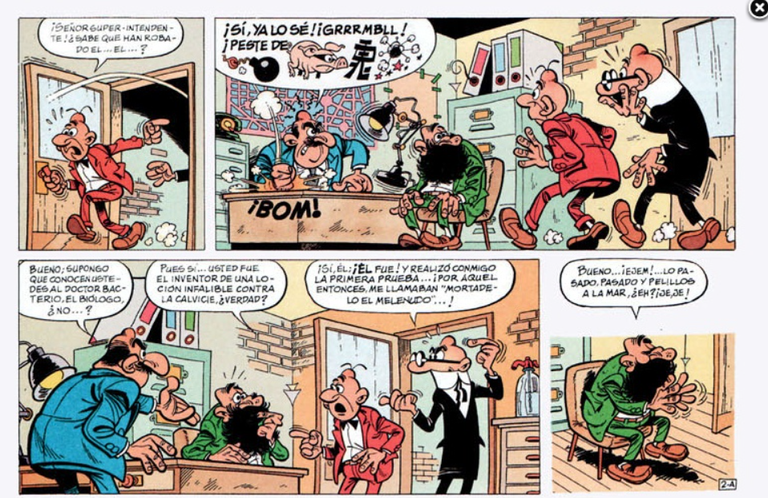The birth of a myth
(Barcelona, 1936-2023) Spanish caricaturist, the "father" of the famous Mortadello and Filemón. Francisco Ibáñez Talavera was born in Barcelona on March 15, 1936. His love for comics was evident from the moment he published his first drawing at the age of seven in Chicos, an adventure comic for children and young readers.
Always interested and a self-proclaimed follower of composers such as Escobar, Peñarroya and Frankin, Ibáñez began working with the piccolo from a very young age. He continued working as a clerk at the Banco Español de Crédito when he drew his first professional cartoon in 1956 and published it in magazines such as La Rosa or Paseo Infantil. In the 1950s, against the advice of his family, which made it clear that working in a bank was like being a civil servant, Francisco Ibáñez decided to leave the office and work full time. - Work schedule as an official.
Screenwriter and cartoonist. In 1957 he began to work in the famous Bruguera editorial office, where he published "Zipi y Zape", "La familia Cebolleta", "Doña Urraca", "El reporter Tribulete" or "Don Pío", in which he currently works. . until now. . Caricatures such as Escobar, Peñarroya, Conti, Sifre, Vázquez or Jorge, writers who circumvented the censorship of their time through traditional and critical narratives, writers who were at the origins of what was known as the Bruguera school.
During the so-called "golden age" of Spanish comics, Ibáñez began to draw jokes and some cartoons without permanent characters until 1958, when he had the idea of creating a couple of very unique private detectives. "Mortadelo and Filemón", originally published in the magazine Pulgarcito, was originally a story about Sherlock Holmes and Dr. Watson that included some clothing, but it soon abandoned the felt hats and pipes and moved on to the shapes and clothing recognizable today in day. Philemon's white shirt and red pants; Neck-length black coat for Mortadello.
The basic personality systems of both explorers were the same from the beginning. In theory, Philemon was the boss and in charge of both, but his good intentions outweighed his success and he was always the most rewarded. loud noises from your partner; Mortadelo was the most recognizable character from the beginning. Sly, cunning and quick to disguise himself, he was the starting point of jokes and almost always followed by his "favorite boss."
The Great Adventures of Mortadelo and Filemón was released in February 2003 and in a matter of weeks became one of the highest-grossing films in the history of Spanish cinema. Director Javier Presser conveyed the spirit of the series in the comics and used his talent to perfectly reproduce the blow, flight and run of the newspaper characters and excellent special effects, achieving a true "cartoon in a picture." Part of the film's success was undoubtedly due to the excellent performances of Mortadelo and Filemón by actors Benito Pocino and Pepe Viuela. The epic adventure of Mortadello and Filemón also includes the surprise appearance of the faithful Rompetejos (played by actor Emilio Gavira). Ibáñez himself was satisfied with the final result of the film.
After moving to the big screen, Ibáñez dedicated himself body and soul to writing and drawing the albums Mortadelo and Filemón, proving that he remains one of the most popular comic book artists, as demonstrated by his continued work. It was a bestseller at the Madrid Book Fair. Francisco Ibáñez's extensive professional career earned him the Grand Prize at the Barcelona Comic Fair in 1994 and the Gold Medal of Visual Arts in 2002.




